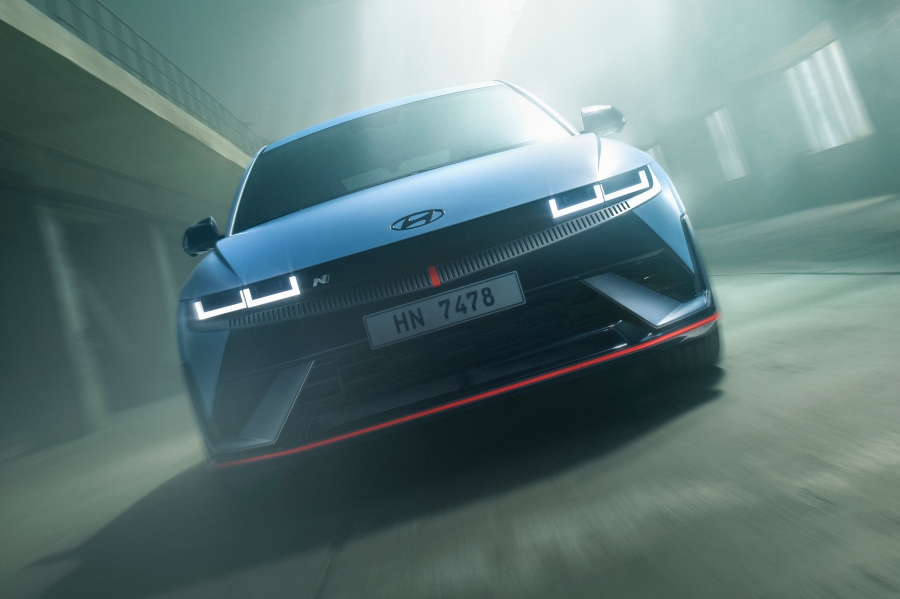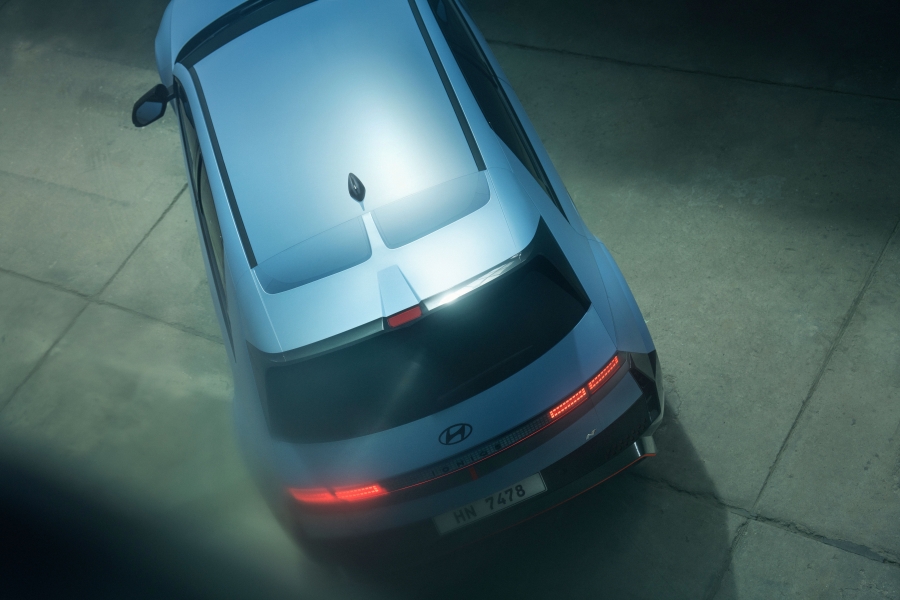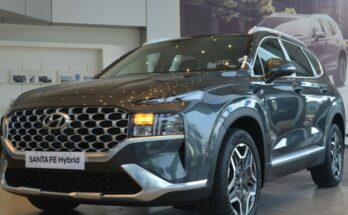The Hyundai Ioniq 5 N has made its official début, appearing at this year’s Goodwood Festival of Speed. It’s N’s first high-performance electric car, which Hyundai describes as the “first step” in the electrification plan, with further EVs to follow under the sub-brand.
The Ioniq 5 N is equipped with two electric motors. The model’s overall output is 600 horsepower (448 kilowatts) and 740 Nm of torque, which may change before production begins. With the N Grin Boost function activated, this goes up to 650 hp (478 kW) and 770 Nm of torque for 10 seconds. The all-wheel-drive powertrain propels the N from 0-100 km/h in just 3.5 seconds, which drops to 3.4 seconds with N Grin Boost. The vehicle can achieve a top speed of 260 km per hour.

Hyundai claims that the model has the biggest capacity battery available, at 84.0-kilowatt hours. It boasts 800-volt technology for ultra-fast charging, which can charge the battery from 10% to 80% in just 18 minutes.
Related: Hyundai N Vision 74 Concept Gets Green Signal for Production
Hyundai’s N Battery Pre-conditioning allows drivers to optimize the battery’s performance. This allows the driver to select either Drag or Track mode. Track one optimizes battery temperature to maximize laps. Drag mode provides a brief burst of absolute power, and it’s just one example of the software Hyundai employs to improve the driving experience on both public roads and the racecourse.
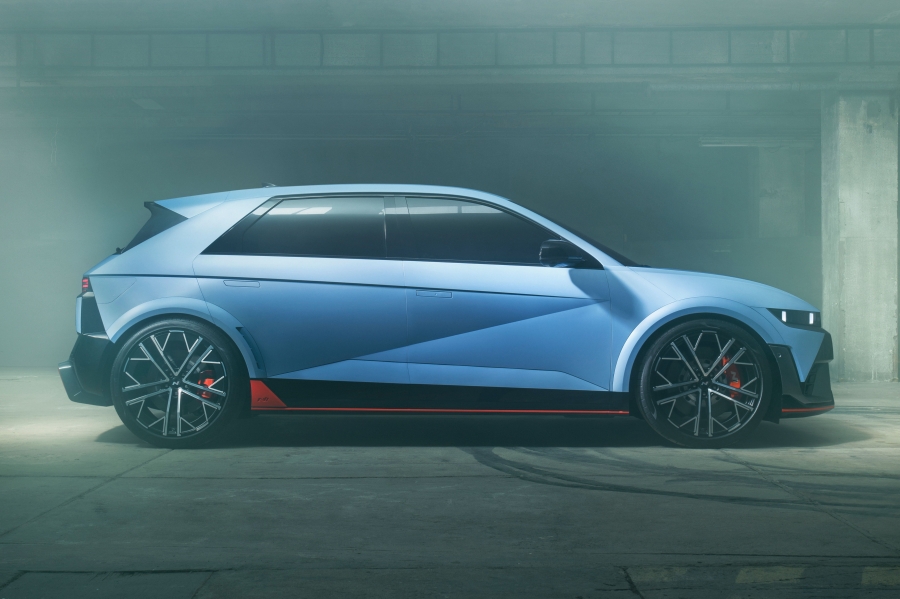
Even greater control over how much energy the car uses is provided via the N Race function, which has two more settings. The on-track range is increased in Endurance Mode by restricting the vehicle’s peak power output. The alternative, known as Sprint Mode, prioritizes maximum power output. Fast starts are made possible by N Launch Control, which has settings for three distinct traction levels.
Related: Hyundai Unveils N Vision 74 Hydrogen Fuel Cell Hybrid & RN22e
Larger wheels, a fully new suspension system, additional aero components, and an improved regenerative braking system all add to the weight of the EV. Hyundai has tried to combat the heft, though, using software and other methods.
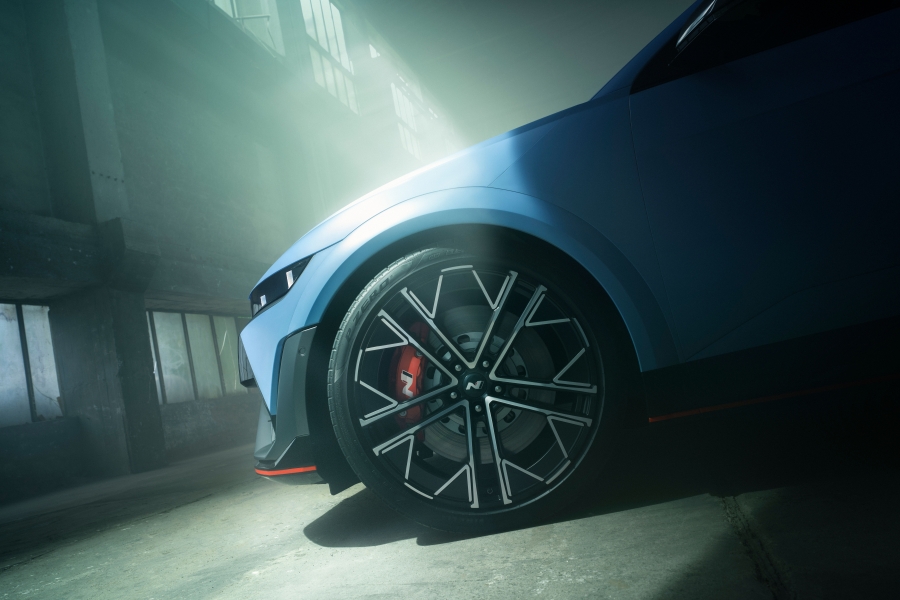
The primary braking force is provided by the model’s N Brake Regen system, with mechanical brakes supplementing it when necessary, such as during track driving. When the ABS is engaged, the regenerative braking system can give up to 0.2 G and up to 0.6 G of deceleration force, respectively.
Related: Mercedes Vision EQXX Smashes Previous Single Charge Record
Hyundai also created the N Pedal as an additional tool to control the size and weight of the Ioniq 5 N while driving. In order to improve the car’s ability to corner, the software raises the regenerative braking force. It is intended to offer immediate turn-in.
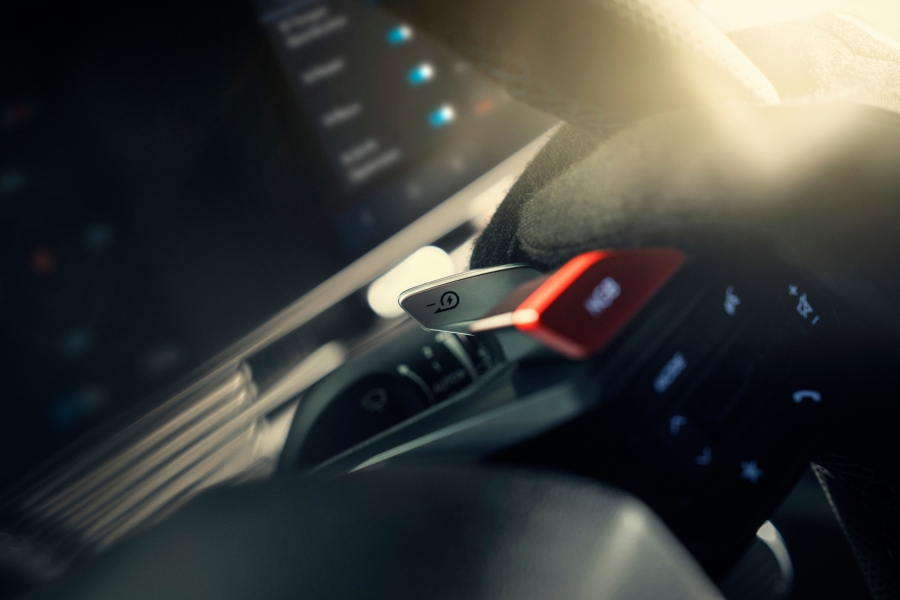
The N Drift Optimizer, a system that controls numerous vehicle systems to maintain a drift angle, is another clever trick. Hyundai included the Torque Kick Drift feature to help if a driver has to exert extra force to start a drift. It mimics the clutch-kick motion employed in vehicles with rear-wheel drive. Additionally, the Ioniq 5 N has an electronic limited-slip differential and N Torque Distribution with up to 11 levels of adjustment.
Related: Hyundai IONIQ 6 is One of the Most Efficient EVs Ever
The N e-shift and N Active Sound Plus systems from Hyundai further improve the driving experience. The Ioniq 5 N now has the same driving experience as the company’s 8-speed dual-clutch gearbox thanks to the N e-shift. By regulating the motor’s torque output, it mimics the jolt experienced between gearshifts.

N Active Sound Plus offers three different sound themes to complement N e-shift. Hyundai N’s 2.0-liter turbocharged engine’s noise is simulated at ignition. The RN22e serves as inspiration for Evolution, while the twin-engine fighter jet serves as the basis for the Supersonic sound theme’s fluctuating volume while cornering. The driver will be able to understand what the EV is doing thanks to the simulated sounds and shifts.
Related: IONIQ 5 Powertrain Named One of Wards 10 Best Propulsion Systems
The N may resemble the regular Ioniq 5 EV in appearance, but it actually measures 80 mm longer and 40 mm wider at the bottom, making it larger than the standard model. It is 20 mm closer to the ground as well ensuring better road-hugging capabilities. The vehicle has an air curtain that works, active air flaps, and a lower bumper lip spoiler. Hyundai uses N-exclusive Luminous Orange to highlight the contrasting black trim on the bumper, side skirts, and rear diffuser. It rides on 21-inch forged aluminum wheels covered in specially adapted Pirelli P-Zero tires.
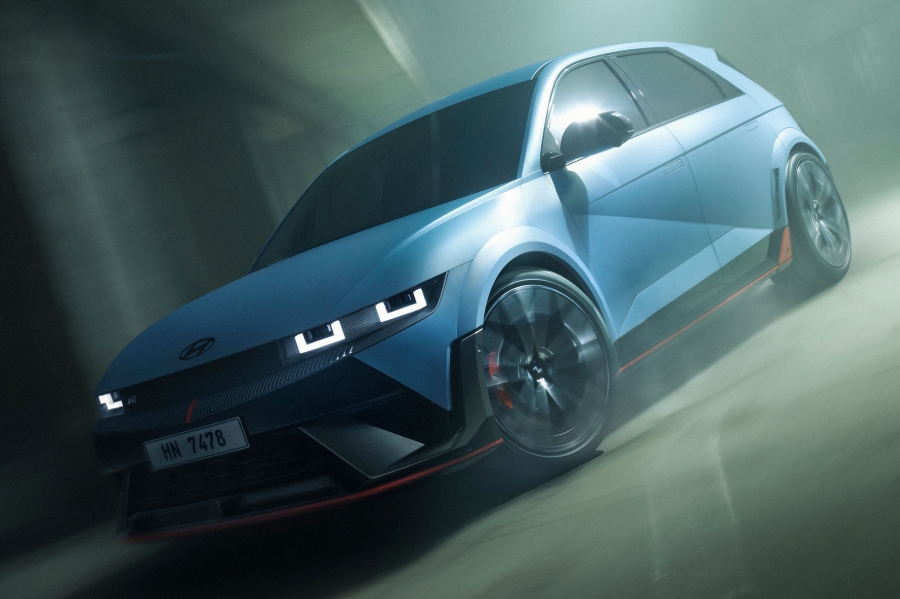
Hyundai fitted its newly designed N steering wheel inside, which for the first time possessed the emblem of the performance brand. Drive Mode Select, N Grin Boost, and two N Custom buttons make up its four buttons. Drivers can designate their preferred customized drive modes to each button using the two custom triggers. Behind the steering wheel are the paddles for the e-shift and N Pedal operations.
Related: DeLorean DMC-12: The “Back to the Future” Sensation
Hyundai also built a sliding armrest and installed a knee cushion and shin support on the reinforced center console to boost driver comfort while on the track. Additionally, the automaker reduced the position of the bolstered seats by around 0.79 inches. These seats are available with a pixel pattern in either a cloth-and-leather or an eco-Alcantara-and-leather combination, and both options come with leather.

There will be 10 colors for the Ioniq 5 N. Two of them are exclusive to the model: N Performance Blue Matte and N Performance Blue. The remaining hues are Abyss Black Pearl, Cyber Grey Metallic, Ecotronic Grey Matte, Atlas White, Atlas White Matte, Gravity Gold Matte, and Soultronic Orange Pearl. Only black with Performance Blue accents are offered for the interior.

A computer animation professional with over 23 years of industry experience having served in leading organizations, TV channels & production facilities in Pakistan. An avid car enthusiast and petrolhead with an affection to deliver quality content to help shape opinions. Formerly written for PakWheels as well as major publications including Dawn. Founder of CarSpiritPK.com

